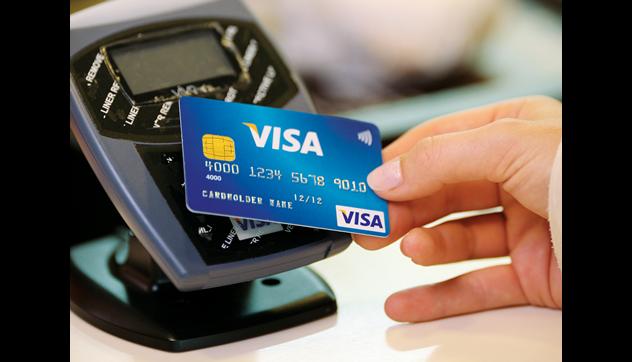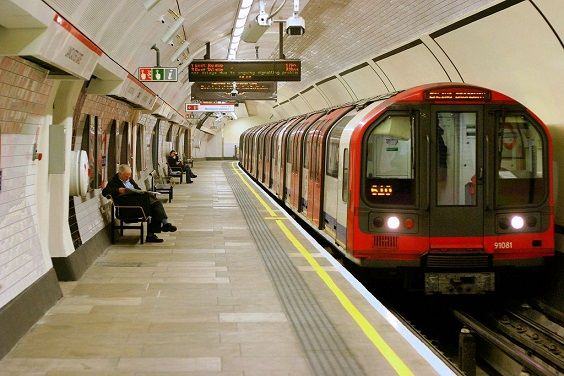Contactless Cards or Oyster Pay as You Go?
By Joshua Neil
One of the best, cheapest and easiest ways to get around in London is by train: and one of the most essential things you’ll need is a travel card. On the surface, Oyster and Contactless cards both seem to fulfil the same purpose: quick, convenient and cheap travel around London, any time you like. While Oyster cards do need to be topped up with tickets or cash, both can be swiped at the station and send you on your way- and with caps on each, it seems like there shouldn’t be too much competition between the two.
However, with the recent announcement by the London Assembly Labour group that Oyster card users could pay over £100 more than contactless card users in regular journeys across the capital, the issue has been raised as to which is the better method of payment: Oyster Pay as You Go, or contactless bank cards?
The Announcement
The announcement came out recently that Oyster Cards, due to their daily cap rather than a weekly one, could easily pay over £100 more than contactless card users travelling the same journey. Travelling between zones 4-7 for 7 days a week at peak times on an Oyster card could, say the London Assembly Labour Group, net you a cost of £121.20; the same journey and conditions using contactless will cost you just £29.40, their weekly cap. In zones 1-3, the same applies: an Oyster PAYG card might net you £68.40, whereas with contactless you’d only spend £45.
With only 26% of Londoners using contactless cards as payment- and with 440,000 Londoners unable to receive one without a bank account- this is a big issue: no-one wants to get ripped off, especially not since Oyster cards have been billed as the cheapest way to get round London. One BBC analyst does give reasons why this might be happening: Oyster costs millions to run, and contactless cards would save a huge amount of money with banks running administration. Don’t go running to your banks just yet, however: a little further digging reveals some different statistics.
Do Contactless Cards Really Save You Money?
The Londonist disagrees with some of these claims: not only that 7 days of travelling in zones 4-7 would cost just £121, not £137, but also that these statistics are unrealistic: few people are going to make so many journeys every day of the week. If you were travelling several times across zones 1-3 from Monday to Thursday, Oyster PAYG and Contactless would cost the same, around £40. That being the case, just travelling to and from work with a Contactless card won’t save you any money at all- it’ll be the same whichever you use.
It should be noted that part-timers will be receiving a big benefit in the coming year- London Mayor Boris Johnson has announced plans to lower daily caps for PAYG customers, meaning that those who travel around London less than five days a week will see the same benefits that weekly Travelcard holders receive, saving £2 a day over the current fees.
However, Transport for London DOES recommend using a contactless card as opposed to Oyster PAYG in certain cases. Contactless cards don’t need topping up, and benefit from daily or Monday-Sunday capping. It also gets rid of one more card out of your wallet- and who doesn’t want that? On top of all this, MasterCard have recently announced that, on the 28th November 2014, anyone using their contactless card service will be able to travel around London for free– all tube, train, bus, DLR and Overground services will be completely refunded, as long as you use your contactless MasterCard for payment. For those making a large number of journeys across London every day, and are worried that they might be missing out, check out Transport for London’s fares to see which is the cheapest option for you. There are also a huge number of transport apps which can make your journeys quicker and easier every day.
—
For more on cheap train tickets around the country, see our Cheap Train Tickets category.








